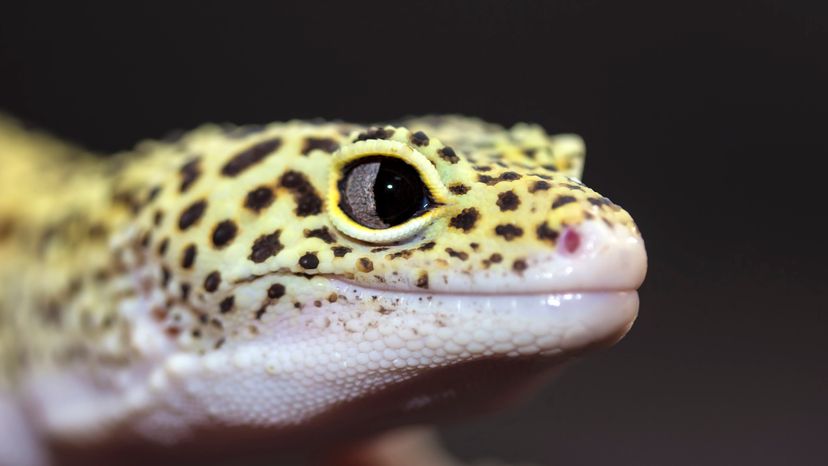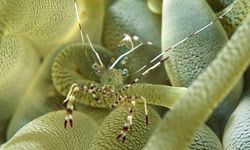
Key Takeaways
- Geckos have excellent color vision, even in low light, and lack eyelids, so they use their tongues to clean their eyes.
- They possess vertical pupils that can narrow to a pinhole, protecting their eyes from bright light.
- Geckos can climb smooth surfaces thanks to tiny hair-like structures on their feet called setae, which create a strong adhesive force.
You might not realize this, but humans are secretly obsessed with geckos. It's because we're jealous, honestly. We're always trying to emulate something about these sticky-fingered little lizards, from the way we engineer bras to glue to gloves.
Gecko are a group of mostly nocturnal lizards that live in warm climates throughout the world. They're famous for their ability to stick to virtually any surface, but they're different from their lizard relatives in other ways as well: They're long-lived, talkative, they lack eyelids and their small scales are situated next to each other like cobblestones, rather than overlapping as is the case in most other lizards.
Advertisement
But the stuff that sets geckos apart from their cousins isn't one of those things where you have brown eyes and black hair and your cousins are blond and blue-eyed. It's sort of like you have brown eyes and black hair and your cousins are magical elves. Let's explore five reasons geckos are the coolest lizards.
Advertisement

